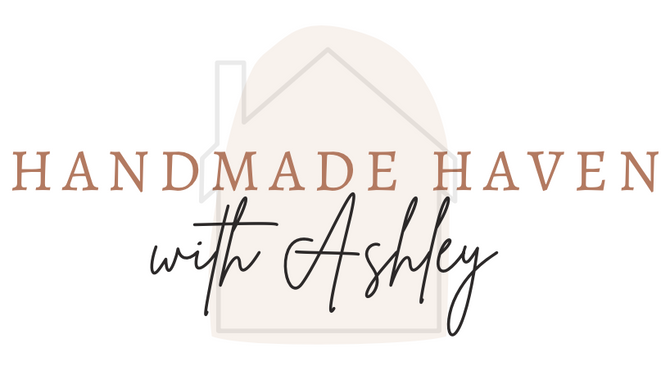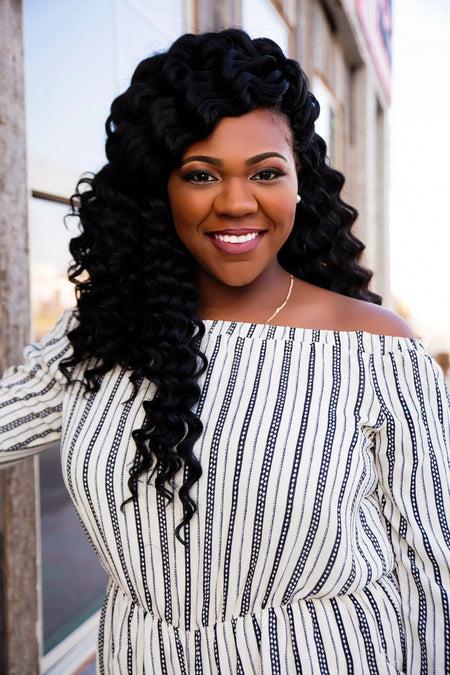" A DIY Desk perfect for the home office"
"This post is sponsored by The Home Depot."
I have been putting off building me a desk for some time now, but I finally got around to it. I have been using my kitchen table as my desk in the meantime and I am so glad to be getting out of the kitchen.


Now let's get into the nitty gritty!
"There are some affiliate links in this post, meaning I get a small commission if you purchase through these links, at no cost to you. Click Here to read my full disclosure."
Dimensions

Materials
- 2 - 2x2x6 (Select Pine)
- 2 - 1x4x8 (Select Pine)
- 1 - 1x3x6 (Select Pine)
- 1 - 1x3x8 (Select Pine)
- 1 - 1x2x8 (Select Pine)
- 24 x 48 Project Panel
- 1 1/4" Pocket Hole Screws
- Wood Glue
- Varathane Stain
"See Detailed Plans for Cut List"
Tools Used
Step 1: Assemble the Desk Sides
The best part about this build was getting to try out my new DEWALT Atomic 20-Volt Hammer Drill/Impact Combo Kit. I love that it comes with this heavy duty ToughSystem Case.

I first used the DEWALT Hammer Drill to drill the pocket holes into the sides of the DIY Desk. I used my Kreg Jig on a 3/4" setting.
After drilling my pocket holes, I attached the middle stretcher pieces to the outer 2x2s using 1 1/4" pocket hole screws and wood glue. Your two desk sides should look something like the following when you're finished.
The top stretcher should be a 1x4 and the bottom stretcher should be a 1x3.
Step 2: Attach V Braces
Next was the fun part, adding the decorative V braces. I first made my bottom angled cut and then placed my 1x2 underneath my assembled side and marked my board where I should make the second cut.
Always measure before you cut for the best fit. I did this for both sides.
Then I used my Kreg Jig on a 3/4" setting to drill pocket holes into the V braces and attached them to the assembled sides using 1 1/4" pocket hole screws.
Your assembled sides should look like this once you attach your decorative V braces.
Step 3: Attach Stretchers
Next, I attached the two assembled sides together by attaching the two stretcher pieces. The top stretcher piece is a 1x4 and the bottom stretcher is 1x3.

Step 4: Add Back V Braces
Once the stretchers were in place, I used the same technique to measure the back V braces and attached them using a 1 1/4" pocket hole screws.
Drilling pocket holes on slanted boards can be a little tricky, so just be mindful of where you are drilling your holes.
Step 5: Add Desk Front
Now for all of you who thought I had a drawer on this desk, I hate to inform you that this is a faux drawer. Yes, I was being lazy; but luckily for you guys I have added extra steps in the printable plans for those of you who want to add in a drawer. Redemption!

Once I added the handle, I attached the desk front to the assembled desk using 1 1/4" pocket hole screws along with wood glue.

Step 6: Attach Middle Supports and Top
Lastly, I attached the middle supports to the assembled desk. I made sure to pre-drill holes on the top of the middle supports to be able to secure the top to the desk.

once I finished building the desk, I went back through and filled in all the pocket holes to give it a seamless look. Check out my tutorial on filling pocket holes to see how I got the job done. Be sure to check out the farmhouse desk plans for all the measurements.














